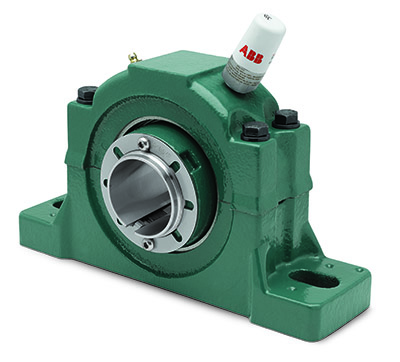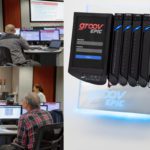Sensors have always been a part of industrial automation and motion control systems. However, as the industrial IoT (IIoT) continues to make inroads into real-world applications, the spotlight shifts to the sensors used and the critical role they play in bettering performance. These sensors are the vital link between the physical system itself, collecting data from various machine processes, and the communication links that transmit data to the cloud or other control or monitoring facilities.
In fact, the rise of the IIoT is shaping trends in sensor design and implementation. Larger trends in automation including the digitalization of data and its use in more efficient control of processes including for predictive maintenance as well as remote monitoring are big drivers.

So what qualifies as an IIoT sensor? An IIoT sensor is a complex combination of hardware and software. More specifically, what sets IIoT sensors apart is that they have added functions and offer better connectivity.
IIoT sensors can be any number of types, from acoustic and chemical sensors to temperature and liquid levels, for instance. Although for motion, these are mostly encoders (for position and speed) but also other sensors for presence detection, such as proximity sensors.
The point is that the sensor itself doesn’t matter – it could be any kind of sensor, in fact. What matters are the internet-enabled functions and the communication capabilities of the sensor. That, and the presence of added processing power, more so than with earlier generations of sensors. These newer sensors are capable of providing calculations at the sensor site itself, on the machine, making for more local or distributed control as well as providing more useful information for a number of functions such as predictive maintenance.
Connectivity – Legacy sensors had communications issues, meaning they were highly specialized to work only with one or a few industrial network protocols. The nature of the internet is such that it is more open and accommodating to a wide assortment of networking options. For instance, IoT-enabled devices and systems use an assortment of communication protocols, including Ethernet/IP, Modbus, Wi-Fi, Bluetooth/LE, and ZigBee, among others.

Functionality – Many IIoT sensors are not just passively collecting data and sending it on to some other part of the system for further analysis and action. A lot of them are so-called “smart” sensors, meaning they house some degree of higher-level functions within them, such as processing and decision-making functions that are not off-loaded somewhere else but often times on the machine itself. This added intelligence makes machines smarter and the entire process better managed, more efficient and streamlined, saving engineering time and cost.







Leave a Reply
You must be logged in to post a comment.